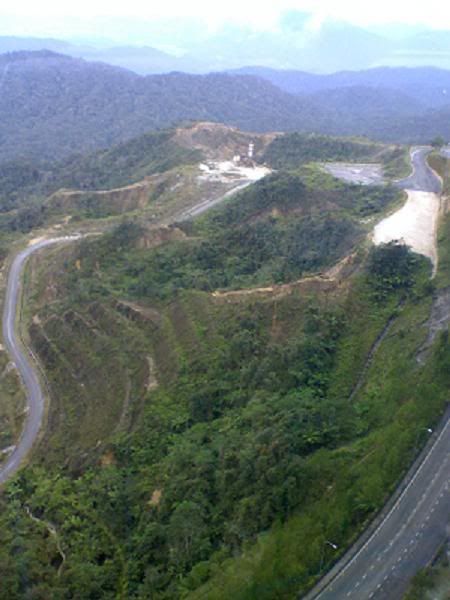
Terracing regrades the slope to produce more stable angles. This prevents particles from sliding downslope under the influence of gravity. There are also drains at the foot of every terrace to collect any loose particles that may still slide down the slope. This reduces the rate of soil erosion very significantly, because without this measure, soil particles would be able to slide down the slope very rapidly, which might lead to loss of life and property if the landslide occurs near populated areas.
The process of terracing is done in 5 steps as follows:
1. Drainage
This increases the shear strength of the materials by reducing the pore-water pressure.
2. Terracing and drainage
Regrading of the slope to produce more stable angles.
3. Loading the toe and retaining walls
Material deposited at the slope foot(toe) reduces the shear stress. Retaining walls are used to stabilise the upper-slope. In this case a steel-mesh curtain is used.
4. Stabilisation by retaining wall and anchoring
The toe is stabilised by a retaining wall. The upper slope has rock anchors and mesh curtain. Drains improve water movement and shotcrete is used to reduce infiltration into the hillside.
5. Toe stabilisation and hazard-resistant design
The toe is stabilised by gablons and earth fill. The railway line is protected by a hazard-resistant design structure.
Done By : Chiang Wen Jun, 2AD2

No comments:
Post a Comment